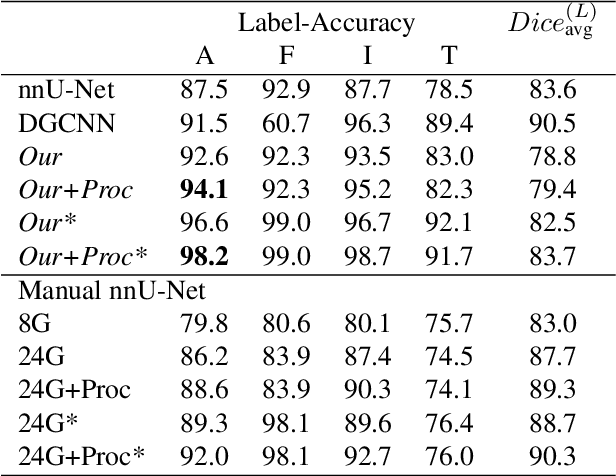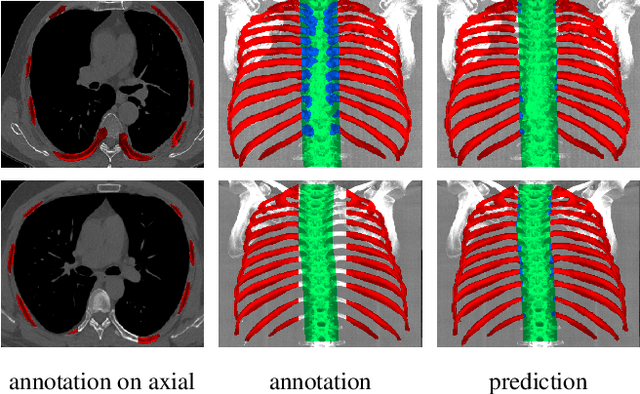Aleksei Leonov
One-Step Residual Shifting Diffusion for Image Super-Resolution via Distillation
Mar 17, 2025Abstract:Diffusion models for super-resolution (SR) produce high-quality visual results but require expensive computational costs. Despite the development of several methods to accelerate diffusion-based SR models, some (e.g., SinSR) fail to produce realistic perceptual details, while others (e.g., OSEDiff) may hallucinate non-existent structures. To overcome these issues, we present RSD, a new distillation method for ResShift, one of the top diffusion-based SR models. Our method is based on training the student network to produce such images that a new fake ResShift model trained on them will coincide with the teacher model. RSD achieves single-step restoration and outperforms the teacher by a large margin. We show that our distillation method can surpass the other distillation-based method for ResShift - SinSR - making it on par with state-of-the-art diffusion-based SR distillation methods. Compared to SR methods based on pre-trained text-to-image models, RSD produces competitive perceptual quality, provides images with better alignment to degraded input images, and requires fewer parameters and GPU memory. We provide experimental results on various real-world and synthetic datasets, including RealSR, RealSet65, DRealSR, ImageNet, and DIV2K.
Hierarchical Loss And Geometric Mask Refinement For Multilabel Ribs Segmentation
May 24, 2024



Abstract:Automatic ribs segmentation and numeration can increase computed tomography assessment speed and reduce radiologists mistakes. We introduce a model for multilabel ribs segmentation with hierarchical loss function, which enable to improve multilabel segmentation quality. Also we propose postprocessing technique to further increase labeling quality. Our model achieved new state-of-the-art 98.2% label accuracy on public RibSeg v2 dataset, surpassing previous result by 6.7%.
 Add to Chrome
Add to Chrome Add to Firefox
Add to Firefox Add to Edge
Add to Edge